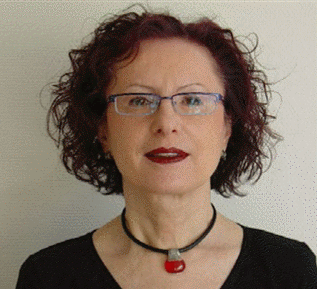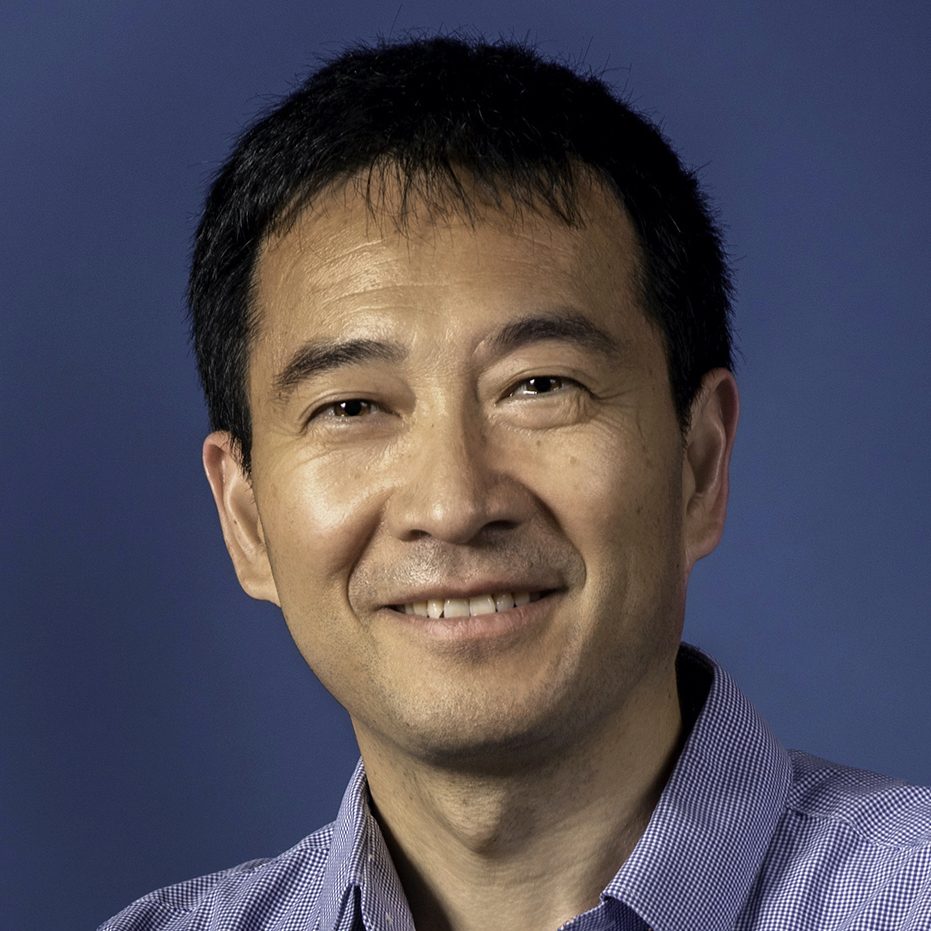
Lars Samuelson
SUSTech, China/Lund University, Sweden
Lars Samuelson is since 1988 Professor at Lund University and since 2021 also Chair Professor at SUSTech, Southern University of Science and Technology, in Shenzhen, China and Dean of the Institute of Nanoscience and Applications, INA. His research is focused on nanoscale materials physics, with a special focus on epitaxial growth, optical properties and on potential applications in optoelectronics. Beside the academic research he also has strong engagements as Chief Scientists in high-tech companies such as Glo AB and Hexagem AB. He is a Member of the Royal Swedish Academy of Sciences (Physics) and of the Royal Swedish Academy of Engineering Sciences and was awarded the Einstein Professorship by the Chinese Academy of Sciences. He is Fellow of the Institute of Physics (FInst) of the UK, Fellow of the American Physical Society, APS (Materials Physics), and Int. Fellow of the Japanese Society of Applied Physics, JSAP. In 2022 he was given the top award from the Royal Swedish Academy of Engineering Sciences, the "Great Gold Medal". Samuelson is the author of well over 700 articles with h-index 90 by Web-of-Science, and 108 by Google Scholar, and listed in the top 1% highly cited researchers by Web-of-Science), and has given >300 plenary/invited talks at international conferences and workshops.
Speech Title: On challenges and opportunities when LEDs “go nano”
Abstract: While nitride LEDs with chip sizes of above several hundreds of microns have been widely applied for solid state lighting as well as in communications, there is an urgent need to reduce the chip size so that such LEDs can be used as individual pixels for next generation self-emissive displays. In this talk I will present our unique materials research that enables arrays of relaxed sub-µm sized InGaN platelets, virtually free from dislocations with an atomically smooth top c-plane ideal for InGaN quantum well growth. The indium contents in such InGaN platelets can be tuned from 0 to 20%, so that the green and red-emitting InGaN quantum wells are grown on such templates with a low level of strain similar to highly efficient blue-emitting InGaN quantum wells on GaN substrates. Besides the obvious top application for advanced AR/VR/HUD applications, these ultra-small nanoLEDs may also find important applications in advanced imaging applications as well as in ultra-low power and high-speed optical communication.

Lena Wosinska
Chalmers University of Technology, Sweden
Lena Wosinska received her PhD degree in Photonics and Docent degree in Optical Networks from KTH Royal Institute of Technology, Sweden where she established a world leading research group working on optical networks. At KTH she was a Professor of Telecommunication until October 2018. Currently she is a Research Professor with the Chalmers University of Technology, Sweden, where she moved together with her team. Her research broadly concerns optical communications and networks, with a focus on fiber access and 5G/6G transport networks, energy and cost efficiency, optical data center networks, photonics in switching, network control, reliability, security, and survivability. She has been involved in many expert assignments and was working in several EU projects, as well as leading national and international research projects.
Speech Title: The Way Towards Flexible Optical Networks

Peter J. Winzer
Nubis Communications, USA
Peter J. Winzer (Fellow, IEEE) received the Ph.D. degree in electrical engineering from the Technical University of Vienna, Vienna, Austria, in 1998.,Supported by the European Space Agency, he investigated space-borne Doppler lidar and laser communications. From 2000 to 2019, he was at Bell Labs, Holmdel, NJ, USA, where he focused on fiber-optic communication systems and networks and contributed to many high-speed optical transmission records up to 1 Tb/s per carrier, including the first field trial of live 100G video traffic. Following his involvement in estimating the optical fiber Shannon capacity, he investigated spatial multiplexing (SDM) and multiple-input–multiple-output (MIMO) techniques to scale optical transport systems. Before leaving Bell Labs in 2019, he led its global optical transmissions research efforts. He then founded the venture capital-backed startup Nubis Communications, New Providence, NJ. With over 500 coauthored publications and over 80 granted patents, he has widely published and patented.,Dr. Winzer is actively involved with the IEEE Photonics Society and the Optical Society (OSA, now Optica). He is a highly cited researcher, a Bell Labs Fellow, a Fellow of the OSA, and an elected member of the U.S. National Academy of Engineering (NAE). He received multiple awards, including the John Tyndall Award, and holds an honorary doctorate from the Technical University of Eindhoven. He was the Program Chair of the 2009 European Conference on Optical Communications (ECOC) and the Program/General Chair of the 2015/2017 Optical Fiber Communication Conference (OFC). He served as the Editor-in-Chief for IEEE/OSA Journal of Lightwave Technology from 2013 to 2018.

Ji-Xin Cheng
Boston University Photonics Center, USA
Ji-Xin Cheng attended University of Science and Technology of China (USTC) from 1989 to 1994. From 1994 to 1998, he carried out his PhD study on bond-selective chemistry at USTC. As a graduate student, he worked as a research assistant at Universite Paris-sud (France) on vibrational spectroscopy and the Hong Kong University of Science and Technology (HKUST) on quantum dynamics theory. After postdoctoral training on ultrafast spectroscopy at HKUST, he joined Sunney Xie’s group at Harvard University as a postdoc, where he spearheaded the development of CARS microscopy that allows high-speed vibrational imaging. Cheng joined Purdue University in 2003 as Assistant Professor in Weldon School of Biomedical Engineering and Department of Chemistry, promoted to Associate Professor in 2009 and Full Professor in 2013. He joined Boston University as the Inaugural Theodore Moustakas Chair Professor in Photonics and Optoelectronics in summer 2017. Cheng is authored in 300+ peer-reviewed articles with an h-index of 93 (Google Scholar). Cheng and his team has been constantly at the most forefront of chemical imaging in innovation, discovery, and clinical translation. Chemical microscopes based on his innovations, including CARS, hyperspectral SRS, mid-infrared photothermal microscopes, are installed and used in many countries worldwide. His research has been supported by ~40 million ($) funding from federal agencies including NIH, NSF, DoD, DoE and private foundations including Chan-Zuckerburg Initiative and Keck Foundation. In 2014 He co-founded Vibronix Inc which is devoted to vibration-based imaging technologies and medical device innovations. In 2019, he co-founded Pulsethera aiming to kill superbugs by photolysis of intrinsic chromophores. In addition, Cheng is the Scientific Advisor of Photothermal Spectroscopy Corp, Pulsethera, and Axorus. Cheng is a Fellow of Optical Society of America, a Fellow of American Institute of Medicine and Biological Engineering, and associate editor of Science Advances. Cheng initiated the inaugural Gordon Research Conference on Chemical Imaging, held in Easton, MA in August 2023. Among his honors, Cheng received the 2020 Pittsburgh Spectroscopy Award from the Spectroscopy Society of Pittsburgh, the 2019 Ellis R. Lippincott Award from Optica, Society for Applied Spectroscopy, Coblentz Society, the 2016 Research Award from Purdue University College of Engineering, and the 2015 Craver Award from Coblentz Society. He was chosen as the Boston University Innovator of Year 2022.
Speech Title: Dye-free Bond-Selective Imaging at the Same Sensitivity of Fluorescence Microscopy
Abstract: Recently developed mid-infrared photothermal (MIP) microscopy opens a new window to look at molecules inside a cell. In MIP microscopy, a visible beam is used to probe the local change of refractive index induced by mid-infrared vibrational excitation of specific chemical bonds. Since the first demonstration of depth-resolved MIP imaging of living cells and organisms (Science Advances, 2016), our team has advanced this pump-probe imaging technology in three modalities, namely scanning-based confocal MIP microscopy, camera-based wide-field MIP microscopy, and MIP tomography for high-speed volumetric bond-selective imaging. Since its commercialization into a mIRage system in 2018, MIP microscopy has found very broad applications, which include structural detection of protein aggregation in neurological diseases. More recently, MIP microscopy in the silent window has allowed click-free bond-selective imaging at the same sensitivity and resolution as confocal fluorescence microscopy.